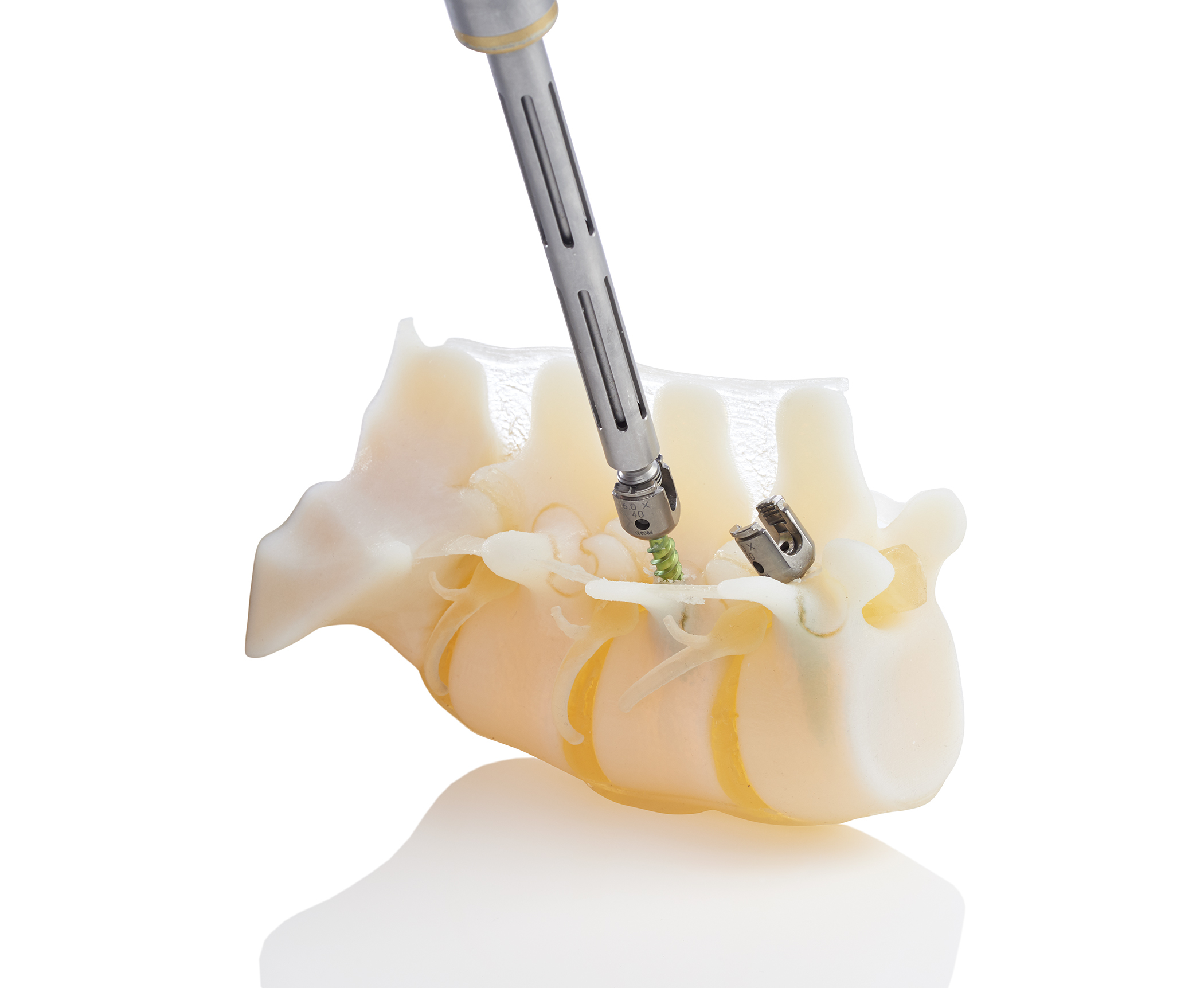Stratasys is pretty involved in the medical industry this week. After the announcement of its partnership with Philips, the specialist of additive manufacturing solutions introduces BioMimics, a solution capable to 3D print medical models that are designed to meet demands of the industry’s leading hospitals, researchers and medical device manufacturers.
Firstly available in North America, BioMimics supplies incredibly realistic, functionally-accurate 3D printed replicas of complex anatomical structures – empowering more effective medical training, education and advanced device testing. The capability was first designed to represent the complexities of heart and bone structures – with vascular anatomies expected in early 2018.
The contrast with traditional methods
The reality is that traditional methods involve the use of research and testing on animal, mannequin, or cadaver models whereas BioMimics truly portrays every part of soft tissue and hard bones via multi-material 3D printing.

Made with Stratasys’ PolyJet 3D printing technology, those 3D printed models enable doctors to test innovative medical devices, to teach principles of surgery, to provide continuing medical education and even demonstrate new products to clinicians.
“Much like simulation and co-piloting builds expertise for pilots, medical practitioners hone skills throughout their careers to provide exceptional care,” said Scott Rader, GM of Healthcare Solutions at Stratasys. “The challenges of today’s solutions include animal models that only approximate human anatomy, and cadavers that don’t retain the live-tissue feel and often lack targeted pathology.”

According to Dr. Adnan Siddiqui, Chief Medical Officer at Jacobs Institute, thanks to this solution, experts have reached a level of clinical sophistication nobody has ever known in the world of vascular models.
“As one of the top research and pediatrics hospitals in Canada, SickKids is committed to unprecedented innovation to positively impact the well-being of children around the world. We have developed new training programs through 3D printing that allow surgeons to practice procedures on replicas of real patient’s pathology,” said Shi-Joon Yoo, MD, PhD, Cardiac Radiologist at the Hospital for Sick Children and Professor of Medical Imaging and Pediatrics at University of Toronto.
For further information about 3D Printing, follow us on our social networks and subscribe to our newsletter!
//pagead2.googlesyndication.com/pagead/js/adsbygoogle.js
(adsbygoogle = window.adsbygoogle || []).push({});

